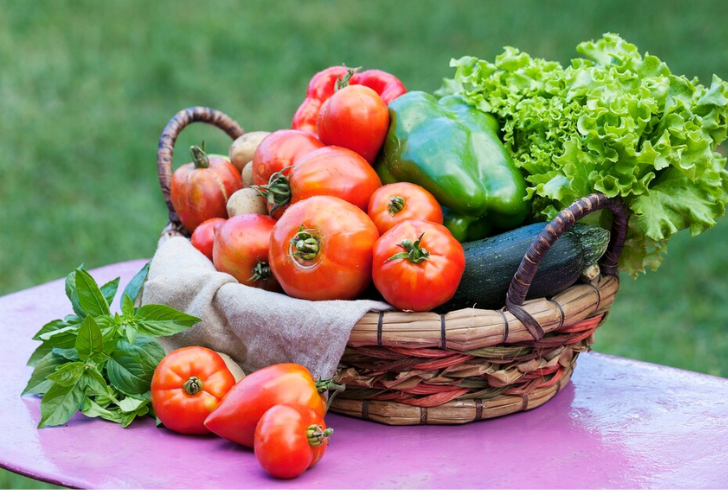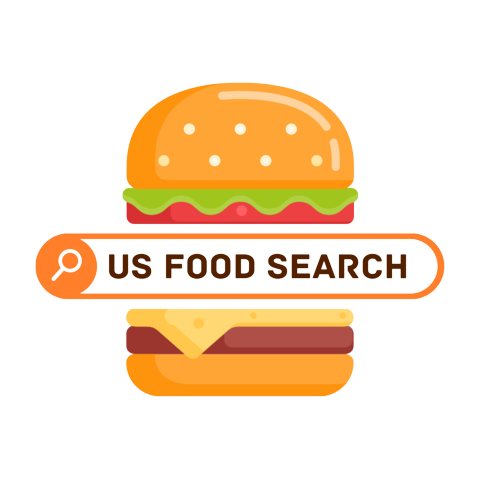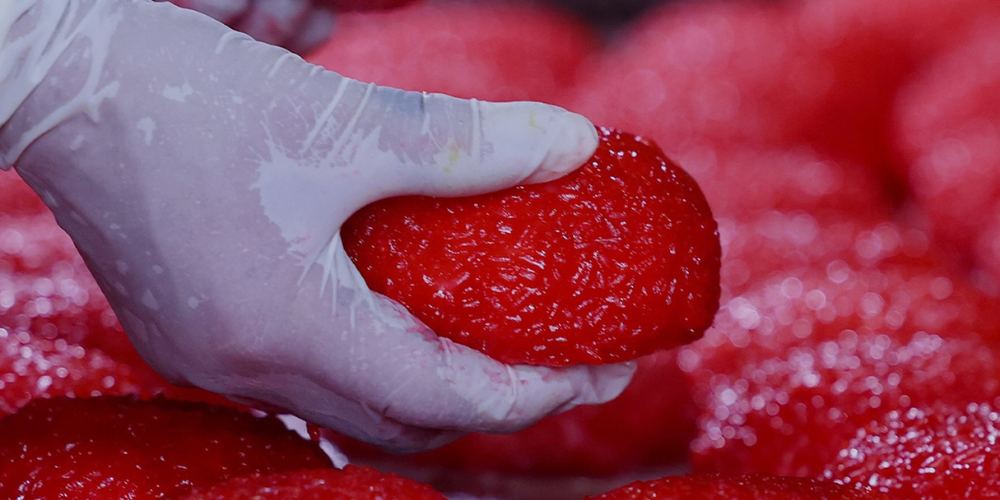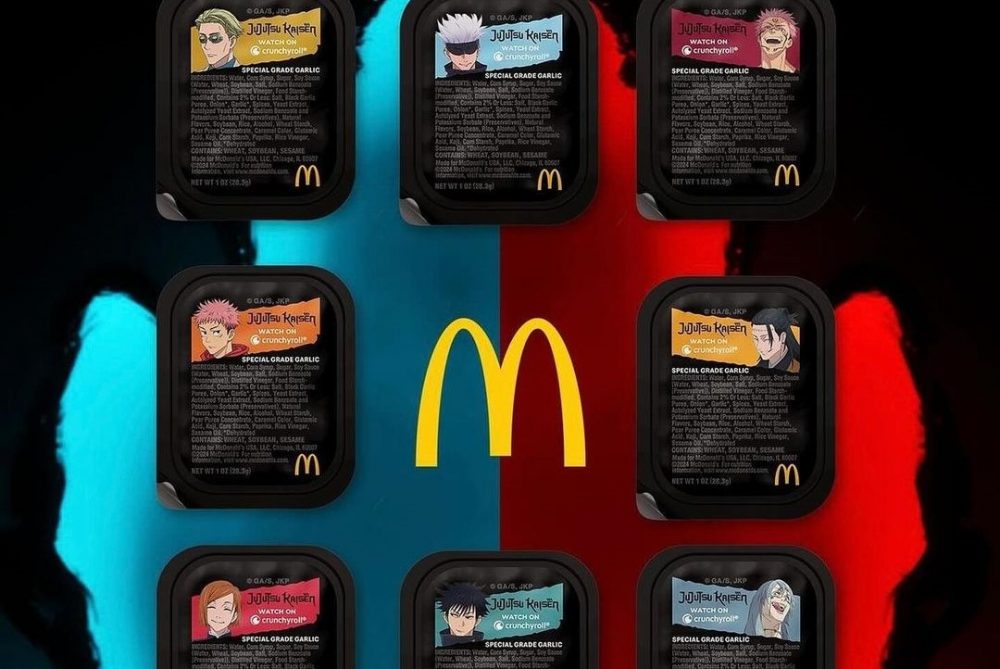The FDA’s decision to ban Red Dye No. 3 has caused a stir in the food and beverage industry, but consumers shouldn’t expect to see an immediate change in their favorite products. Though the dye was banned due to concerns over its potential link to cancer in laboratory rats, the impact of the decision will be gradual.
In this article, we’ll explore which popular foods still contain Red Dye No. 3 and the alternatives manufacturers may turn to.
What Exactly is Red Dye No. 3?
Red Dye No. 3, also known as erythrosine, is a synthetic colorant derived from petroleum. It has been used for decades to give foods and candies a vibrant red hue, making them visually appealing. Despite its widespread use, concerns about its safety started to rise in the late 20th century, and the FDA eventually banned it in cosmetics in 1990. However, Red No. 3 remained authorized for use in food products until recent studies suggested a potential cancer risk in animals.
Why the Ban Was Imposed
The FDA’s decision to remove Red Dye No. 3 from the market follows findings from studies showing a possible link to cancer in laboratory rats. According to the FDA, the hormone-triggered mechanism that caused cancer in the rats does not occur in humans, and the amounts consumed by rats in these studies far exceed what humans would typically ingest. Nonetheless, the decision aligns with the Delaney Clause, a regulation preventing any food additive shown to induce cancer from being authorized.

Instagram | branchbasics | Red Dye No. 3, a petroleum-based color, gives foods and candies a bright red color.
Foods That Still Contain Red Dye
Despite its ban, many everyday foods still rely on Red Dye for their visual appeal. Here are nine examples:
1. Candy
Many candies, especially brightly colored ones like jelly beans and conversation hearts, owe their appearance to Red Dye. Products like Brach’s Classic Jelly Beans and Pez candies are notable examples.
2. Cakes and Cupcakes
Brightly frosted cakes and cupcakes often use this synthetic dye to create their vibrant colors. This includes both homemade and store-bought varieties.
3. Cookies
Festive cookies, particularly those made for holidays, often incorporate Red Dye in their icings and decorations to make them visually appealing.
4. Frozen Desserts
Ice cream and frozen treats, like Good Humor’s Strawberry Shortcake Frozen Dessert Bars, frequently use Red Dye to enhance their fruit-flavored appearances.
5. Frostings and Icings
Pre-packaged frostings and icings, especially red or pink shades, rely heavily on synthetic dyes for their bold colors.
6. Maraschino Cherries
Some brands of maraschino cherries use Red Dye to achieve their glossy, bright red look, which is popular for dessert garnishes and cocktails.
7. Processed Meats and Meat Substitutes
Certain processed meats, like hot dogs, and plant-based alternatives, such as MorningStar Farms Plant-Based Bacon Strips, also contain Red Dye to mimic natural colors.
8. Medications
It’s not just food — certain medications, like acetaminophen and gabapentin, list Red Dye as an ingredient for their coating.
9. Drinks
Some vibrant red beverages, like fruit punches and strawberry-flavored drinks, owe their striking color to Red Dye.
When Will the Change Happen?
Although the ban has been enforced, companies will have until 2027 or 2028 to completely phase out Red Dye No. 3 from their products. In the meantime, manufacturers are expected to slowly transition to alternative colorants.
Some companies are already moving quickly, with Keurig Dr Pepper planning to release a new formula for Yoo-hoo Strawberry Flavored Drink before the end of the year.
The Alternatives to Red Dye No. 3

Freepik | vwalakte | A natural red dye can be obtained from anthocyanins, found in many fruits and vegetables.
With the ban now in place, manufacturers are exploring various alternatives to maintain that bright red color without relying on synthetic dyes. Some of the most popular substitutes include:
1. Carmine – A natural dye made from cochineal insects. Though natural, some consumers may find it unappealing.
2. Betacyanins – Derived from beets, this alternative offers a reddish hue without the health risks associated with Red No. 3.
3. Anthocyanins – Found in various fruits and vegetables, this dye provides a safe and natural red option.
Are Other Color Additives Safe?
While Red Dye No. 3 has been banned due to health concerns, other artificial food colorants, such as Red 40, Yellow 5, and Blue 1, are still approved by the FDA. However, there is ongoing debate about their safety. For instance, some studies have suggested a potential link between Red 40 and hyperactivity in children, though more research is needed to confirm these claims.
Bryan Hitchcock, a leading food safety expert, emphasizes the importance of scientific research in evaluating the safety of food additives. “It is crucial to continue monitoring the safety of all food ingredients to provide peace of mind for consumers,” Hitchcock explains.
What This Means for Consumers
As Red Dye No. 3 is phased out, consumers will likely notice changes in the appearance of many of their favorite foods. While the shift may take a few years, it’s a step forward in improving food safety and offering more natural alternatives. With ongoing research and the FDA’s commitment to ensuring the safety of food additives, the future of food colorants is shifting towards transparency and consumer health.
In the meantime, consumers can stay informed by reading labels and opting for foods that prioritize natural, safer alternatives to synthetic dyes.




